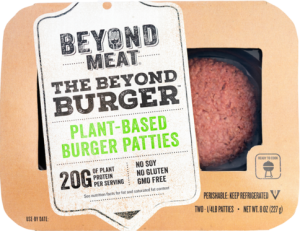Although only 6 percent of the U.S. identifies as vegan, animal-free foods like meatless burgers and veggie-based snacks have exploded in popularity recently. This video looks at why the animal alternative market could grow into a $140 billion industry as consumers include more vegan foods in their diets.
Questions:
- Why are more American consumers starting to supplement their regular diets with vegan foods?
- What are the advantages and disadvantages of synthetic meat like the Impossible Burger?




